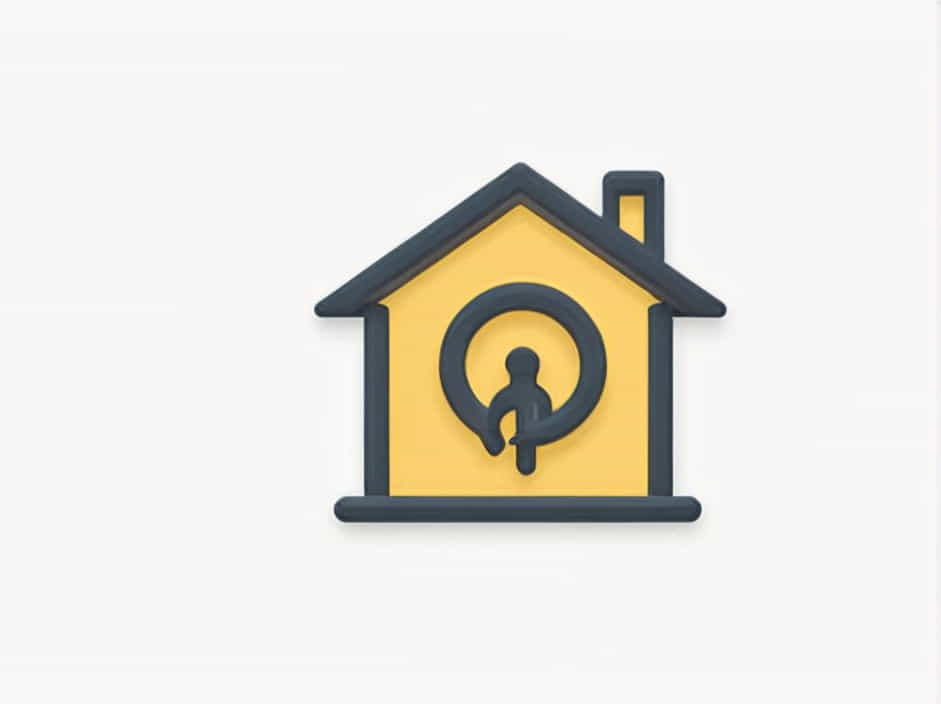When borrowing money, debt can generally be categorized as secured or unsecured. A mortgage is a common form of debt used to purchase a home, but many people wonder whether it is secured or unsecured.
The simple answer is that a mortgage is a secured debt. This means that the loan is backed by collateral—in this case, the home itself. If the borrower fails to make payments, the lender has the right to seize and sell the property to recover the outstanding balance.
This topic explains the difference between secured and unsecured debt, why mortgages fall into the secured category, and the advantages and risks associated with mortgage loans.
Secured vs. Unsecured Debt: What’s the Difference?
1. What Is Secured Debt?
A secured debt is a loan that is backed by collateral, which serves as security for the lender. If the borrower defaults, the lender can take possession of the collateral to recover the unpaid amount.
Examples of secured debt:
- Mortgages (secured by the home)
- Auto loans (secured by the car)
- Secured credit cards (backed by a cash deposit)
2. What Is Unsecured Debt?
Unsecured debt does not require collateral. Instead, lenders approve loans based on the borrower’s creditworthiness and financial history. Since there is no asset securing the loan, interest rates tend to be higher.
Examples of unsecured debt:
- Credit cards
- Personal loans
- Medical bills
Why Is a Mortgage a Secured Debt?
A mortgage is considered secured debt because it is tied to a physical asset—the home. When a lender issues a mortgage, they place a lien on the property. This means that if the borrower stops making payments, the lender has the legal right to foreclose on the home and sell it to recover the remaining loan balance.
The Role of Collateral in a Mortgage
1. How Collateral Protects the Lender
Lenders take on significant risk when lending large sums of money. By securing a mortgage with a home, they ensure that there is an asset they can reclaim if the borrower defaults. This lowers the lender’s risk, which is why mortgage interest rates are typically lower than those of unsecured loans.
2. What Happens in a Foreclosure?
If a borrower fails to make mortgage payments for an extended period, the lender may begin the foreclosure process. This involves:
- Sending default notices to the borrower.
- Attempting to negotiate repayment options.
- If unresolved, legally seizing and selling the home.
This is why it is crucial for borrowers to make timely payments and communicate with their lender if they face financial difficulties.
Benefits of a Secured Mortgage
1. Lower Interest Rates
Because a mortgage is secured, lenders can offer lower interest rates compared to unsecured loans. This makes homeownership more affordable in the long run.
2. Higher Borrowing Limits
Secured loans allow borrowers to access larger amounts of money. Most people wouldn’t be able to buy a home without financing, and mortgages provide a way to do so with manageable monthly payments.
3. Longer Repayment Terms
Mortgage loans typically come with long repayment periods—often 15 to 30 years. This allows borrowers to spread payments over time, making homeownership financially feasible.
Risks of a Secured Mortgage
1. Risk of Foreclosure
Since a mortgage is tied to a home, failing to make payments can result in losing the property. This is the biggest risk of secured debt.
2. Property Depreciation
If the home’s value decreases, the borrower may end up owing more than the property is worth. This situation, known as being underwater on a mortgage, can make selling the home difficult.
Can a Mortgage Ever Be Considered Unsecured Debt?
In rare cases, a mortgage can become unsecured. This may happen if:
- The lender forgives the debt (such as in a settlement).
- The home loses significant value and foreclosure does not recover the full loan amount.
However, in most circumstances, a mortgage remains a secured loan throughout its term.
A mortgage is a secured debt because it is backed by a home, which serves as collateral. This provides lenders with security in case of default and allows borrowers to access lower interest rates and longer repayment terms. However, the risk of foreclosure means that borrowers must manage their payments carefully.
Understanding the nature of secured debt can help homeowners make informed financial decisions and protect their investment in their property.
